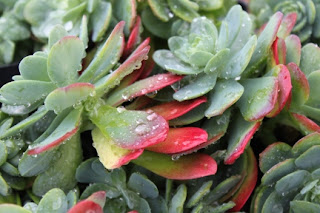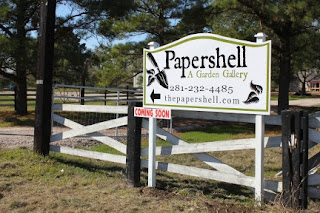I haven't written in a while, not because I've been indoors, but because I didn't think what I was doing was really related to gardening. But it is, I think, in the most elemental sense.
I've been struggling with water. The Papershell property (my garden center) is located on a very flat piece of ground near the floodplain of a creek. All the land around here is very low and level -- it's basically all Brazos River bottomlands. It's very hard to drain land like that, unless money is no object. Water tends to just sit on flat ground, and the clay is so impervious that it takes a long, long time for water to percolate down into the soil.
Now factor in the rain patterns we get on the Gulf Coast. Monsoon-style rain, followed by drought, followed by floods. When it's dry, you can't really get a sense of the way the water will move across the land. When it's wet, it's all submerged. But from time to time, a window of opportunity opens up. Now is one of those times.
Studying water in the bottomlands is a matter of inches. You need to get right up close, muddy and wet. The slightest rise or contour can divert water away from a catchbasin, or toward a structure. To really see where the water wants to go, it's necessary to go out there
when it's raining, which I hate to do. To change where the water wants to go, it's necessary
to dig. And not just in clay. In heavy, wet, sticky, clay. That terrible sucking sound the mud makes as it yanks your boots off your feet? My nightmare.
 |
| Rubber Cowgirl Boots, the saving grace. |
So yeah. I've been out there. Not gardening, exactly. More like hand-to-hand combat. Who's winning? The elements, that's who.




























